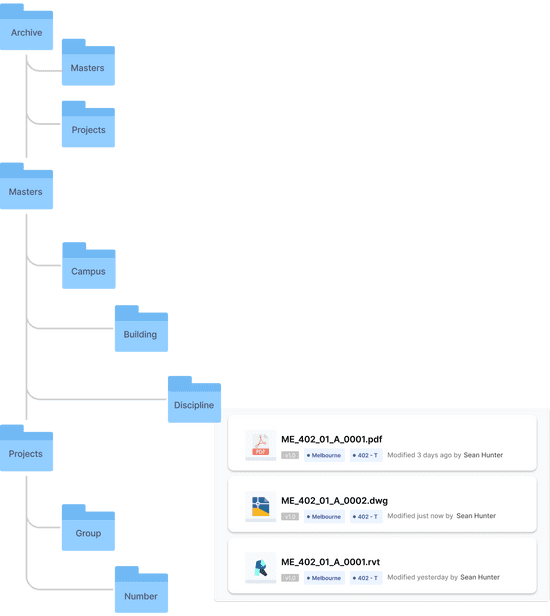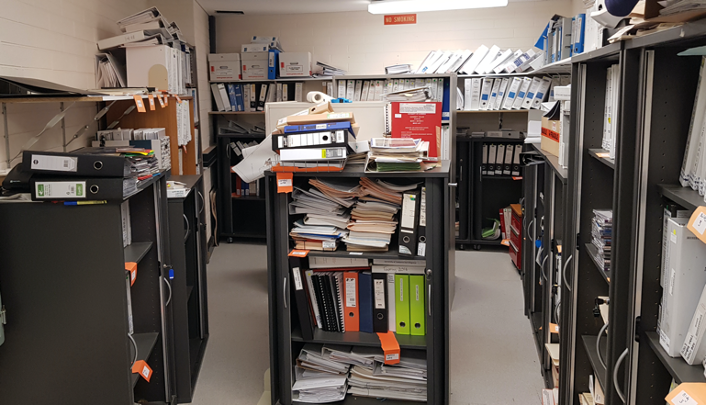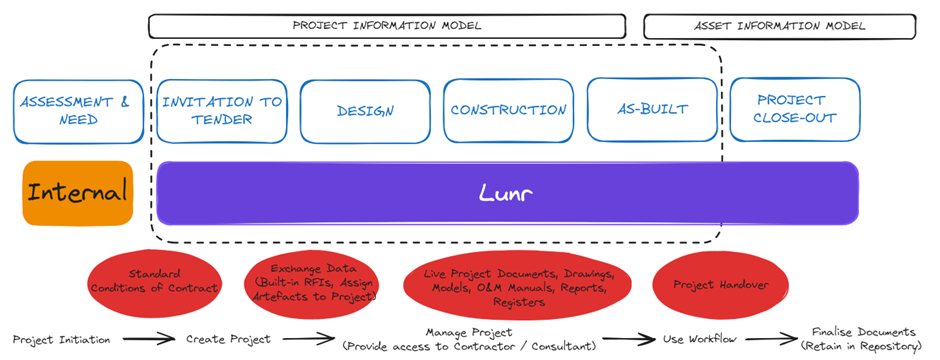What is BIM?

Building Information Modelling (BIM) is revolutionising how we integrate building data into digital platforms, but what is it?
Historically, building data has been collected from many sources, such as drawings, specifications, manufacturer data, Operations and Maintenance (O&M) manuals, reports, and registers. Due to differing standards, this data has been delivered in various formats.
BIM as an information consolidation methodology
Interestingly, we have not described BIM as a 3D model but as a methodology to consolidate information. The aim is to achieve up-to-date models, but for many asset owners and occupiers, this transformation can only happen after some time. For some, it might begin as an inclusion in a requirements document, while for others, it might involve redefining standards and in-house procedures.
Where should you start?
Start by considering processes, people, and technology and defining your goals. For asset owners, transitioning to BIM will seem more manageable if their data is already managed by an Engineering Drawing Management System (EDMS) such as Lunr, Meridian, or RedEye.
Some may discover valuable data dispersed through records management systems, cloud databases, file shares and forgotten drives. This data becomes the focal point of the Common Data Environment (CDE) that BIM relies upon. We'll delve deeper into the CDE in future posts.
The open-source evolution of BIM
Crucially, BIM is not characterised as a single system owned by large organisations, unlike the evolution of CAD systems. Instead, BIM is advancing open-source data or digital language, epitomised by the Industry Foundation Classes (IFC) standard, defined as part of ISO 19650 - organisation and digitisation of information about buildings and civil engineering works.
Looking ahead
We will continue to explore these concepts in future posts. In the meantime, contact us to learn how Lunr can manage your BIM data and simplify your model viewing and analysis.


